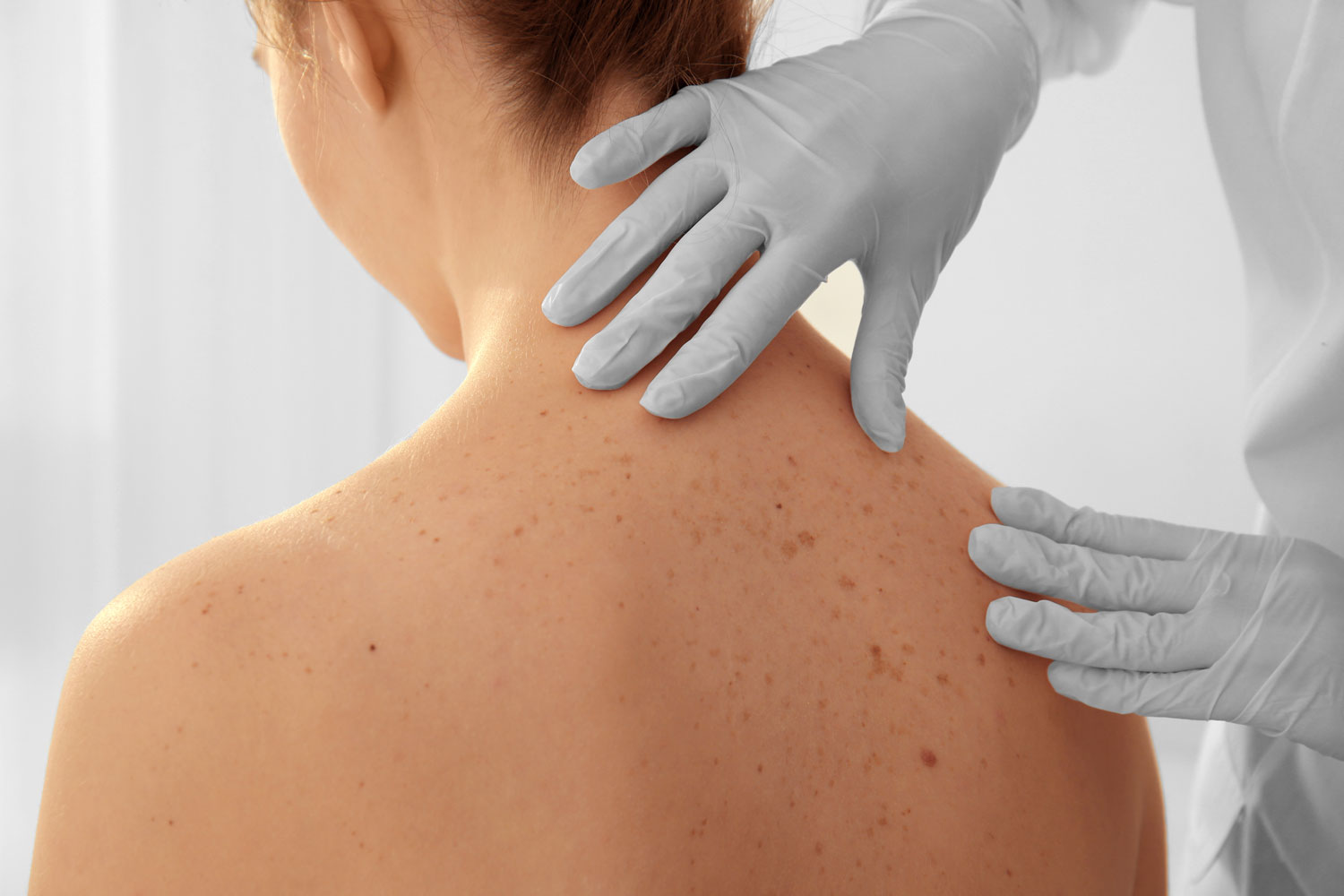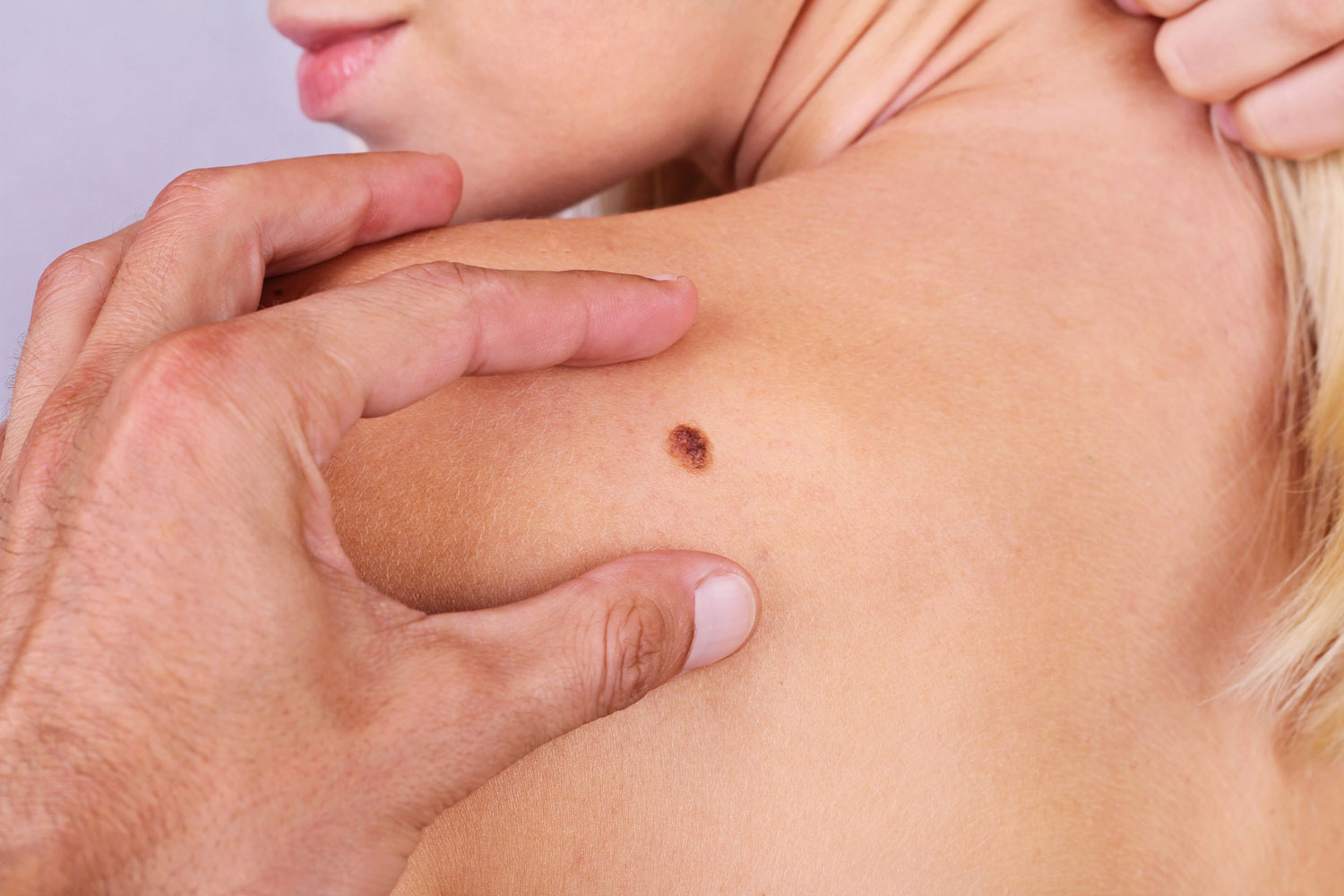Skin lesions – Skin tumours
________Our skin often has irregularities that are either congenital (present since birth) or acquired. In their vast majority are benign such as nevi but some of them can represent skin malignancy.
Benign skin lesions

There are multiple forms of benign skin lesions such as benign nevi, xanthelasmata, skin tags etc. There are also multiple types of subcutaneous tissue tumours such as lipomas. In most cases these lesions can be removed under local anaesthetic in they cause concerns.
Malignant skin lesions

BCC: It is the most common type of skin malignancy and has the best prognosis, as, in most cases, surgical excision of the tumour with sufficient margins is the complete treatment. However, the patient should be under follow up, most commonly by a dermatologist, as he may develop a recurrence or a de novo lesion in a different body area.
SCC: SCCs appear in a variety of areas and are more aggressive than BCCs. Common areas of appearance are the bottom lip and ears. They are also treated via surgical excision however they may require more extensive surgical intervention in case of regional lymph node spread.
Melanoma: Melanoma is the most dangerous type of skin cancer, as it can spread both in lymph nodes and distant organs (e.g. the liver). Timely diagnosis and immediate surgical excision improve prognosis significantly and therefore it is of paramount importance that suspicious lesions are not ignored. In patients with known risk factors annual complete dermatological examination is recommended and everyone should seek medical advice in case of a new lesion or changew to an existing one.
